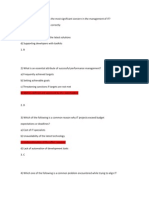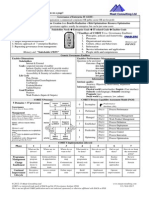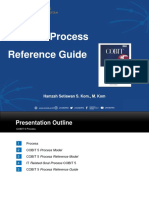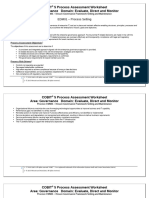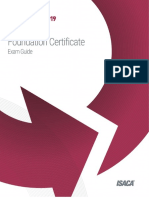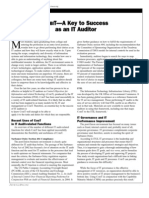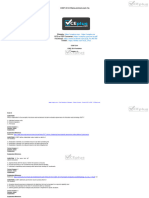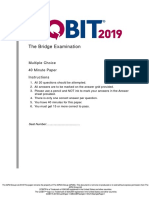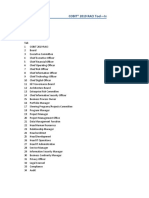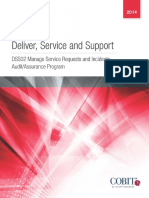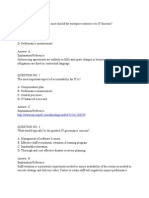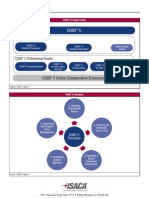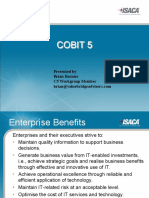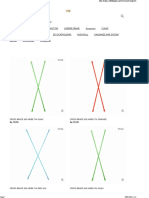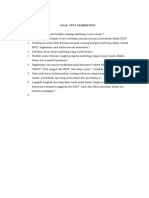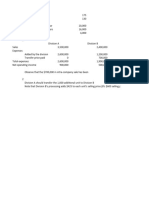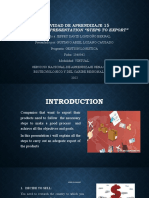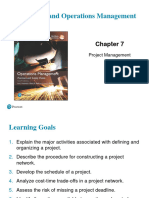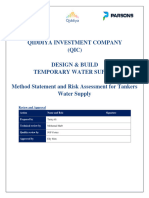100% found this document useful (1 vote)
258 views23 pagesModul-4 Enabling Processes COBIT 5
The document discusses COBIT 5 and its enabling processes publication. It describes the contents of the publication, including how it complements COBIT 5 and provides details on the 37 processes in COBIT's process reference model.
Uploaded by
Rangga AliCopyright
© © All Rights Reserved
We take content rights seriously. If you suspect this is your content, claim it here.
Available Formats
Download as PDF, TXT or read online on Scribd
100% found this document useful (1 vote)
258 views23 pagesModul-4 Enabling Processes COBIT 5
The document discusses COBIT 5 and its enabling processes publication. It describes the contents of the publication, including how it complements COBIT 5 and provides details on the 37 processes in COBIT's process reference model.
Uploaded by
Rangga AliCopyright
© © All Rights Reserved
We take content rights seriously. If you suspect this is your content, claim it here.
Available Formats
Download as PDF, TXT or read online on Scribd
/ 23






